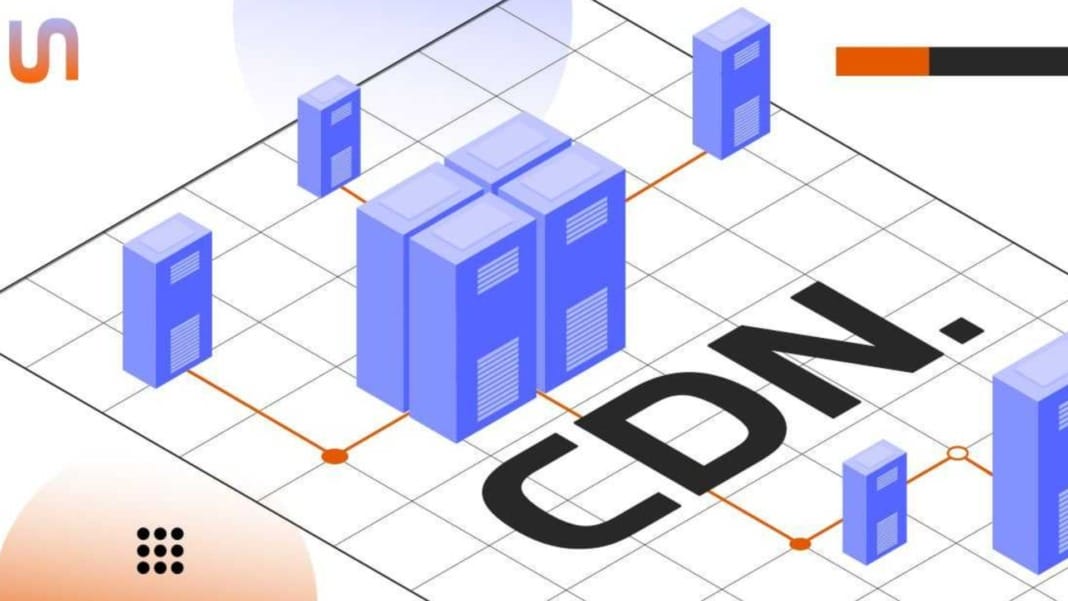Google has released an informative guide on how Content Delivery Networks (CDNs) influence search engine crawling and impact SEO. While CDNs can boost site performance and crawling efficiency, they may also cause unintended challenges if not managed properly.
What is a CDN?
A Content Delivery Network (CDN) is a service that stores cached copies of your web pages and serves them from a server closest to your visitor. This process reduces the time it takes to load your website because the distance between the server and the user’s browser is shorter.
For instance, when a visitor accesses your website, the CDN delivers the cached version from its nearest data centre rather than the original server. This significantly improves loading speed and reduces strain on your main server. However, the first time a page is loaded, the request goes to your original server to populate the CDN’s cache, which can temporarily increase server load.
Google highlights a key advantage of using CDNs: they help Googlebot crawl more pages of your site. When Googlebot detects that your site uses a CDN, it raises the crawl threshold. This means Googlebot will crawl more pages before slowing down, as CDNs can handle more traffic without performance issues.
However, there’s a catch. If your website has many URLs, Googlebot must initially access your original server to cache those pages on the CDN. This initial load can temporarily consume your crawl budget. For example, Google mentions that a website with over a million pages may experience high crawling activity for several days while the CDN cache is populated.
When CDNs cause crawling problems
While CDNs generally enhance performance, there are times when they can block crawling entirely. Google categorises these issues into two types: hard blocks and soft blocks.
- Hard blocks occur when the CDN responds with a server error like 500 (internal server error) or 502 (bad gateway). Such errors signal a severe issue, prompting Googlebot to slow down crawling or even drop affected URLs from its index. Ideally, a CDN should use the 503 (service unavailable) status code for temporary issues.
- Soft blocks happen when a CDN presents a bot-verification interstitial (e.g., “Are you human?”) without sending the proper 503 status code. Google recommends always using a 503 response to ensure your content isn’t mistakenly removed from its index.
Another hard block is when error pages mistakenly return a 200 status code (indicating success). Googlebot may interpret these as duplicate content and drop them from the search index. Recovering from such errors can take considerable time.
Debugging and solutions
Google advises using the URL Inspection Tool in the Search Console to identify how your CDN serves pages and troubleshoot crawling issues. If your CDN’s Web Application Firewall (WAF) is blocking Googlebot by IP address, compare the blocked IPs with Google’s official list of IPs to resolve the issue.
Additionally, periodically check blocklists to ensure Googlebot’s IP addresses aren’t unintentionally blacklisted. This proactive step can help maintain your site’s visibility in search results.
Google’s guide is a valuable resource for site owners and SEO professionals to understand the benefits and potential pitfalls of CDNs. By following its advice, you can optimise performance while avoiding common errors that could harm your search rankings.





